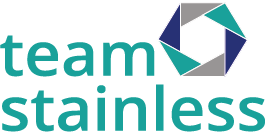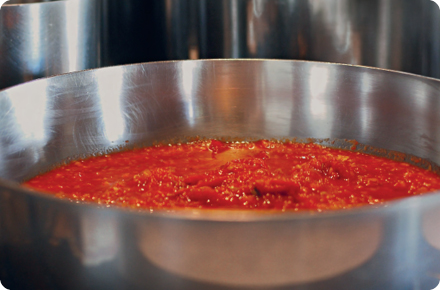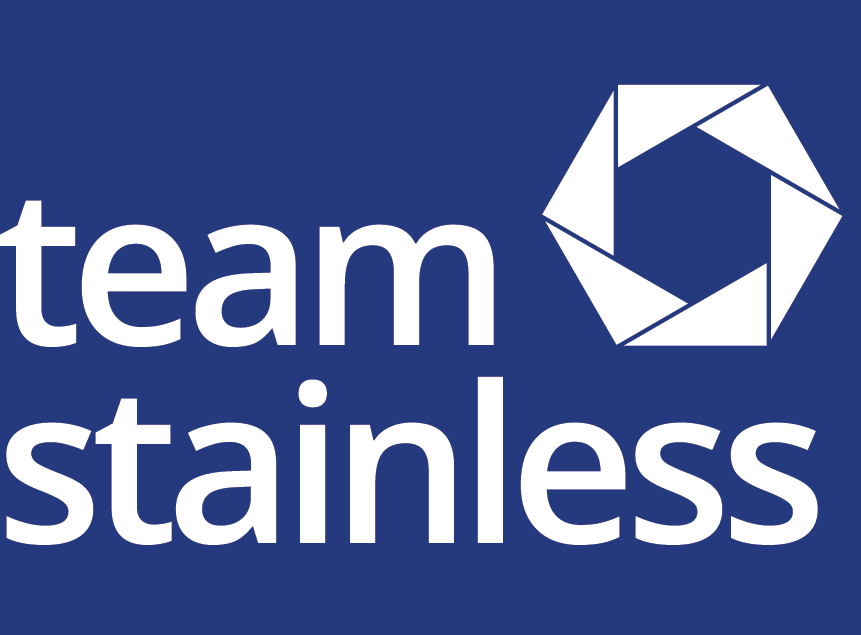Stainless Flexible Service Lines

Leaks in distribution systems are costly. Added to the direct cost of the lost water that cannot be sold are the financial and environmental costs of finding, treating and storing more water to compensate for the losses. This problem affects rich and poor cities alike. Many utilities do not know the exact extent of the water loss in their system.
In Tokyo, Taipei and Seoul a solution was found to reduce the leaks significantly by using stainless flexible service lines. This Team Stainless leaflet and video explain the system and the results in a nutshell.
This leaflet is available in Chinese, English and French. The video is available here.
Discover how easy these service lines are to install in this short introductory video: click here. A longer version is available here.




